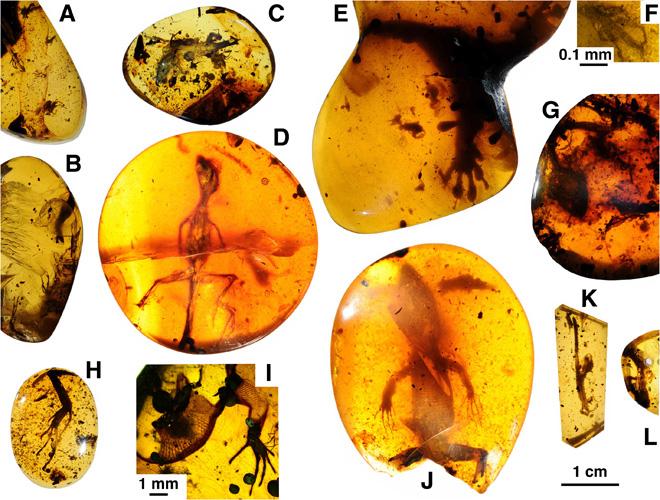Results 1 to 1 of 1
-
03-09-2016, 04:18 PM #1
Edward Stanley Uses High Resolution 3D Scans to Study Lizard Fossils
Edward Stanley, a postdoctoral herpetology student from the Florida Museum of Natural History, used micro-CT technology, also called photomicrography, to digitally capture the anatomy of several lizards fossilized in amber and actually reconstruct any decayed or missing parts of the fossil. The high-resolution 3D scans resulted in all sorts of new insights about the evolutionary origins and trajectories of many prehistoric lizard family groups. They also lead to the discovery of a 99 million year old chameleon that is 78 million years older than any previously discovered fossil. This may lead to scientists rethinking the origins of many species of rain forest dwelling lizards. You can read more about this amazing discovery over on 3DPrint.com: http://3dprint.com/123249/3d-photomicrography-fossil/







 Reply With Quote
Reply With Quote



Extruder not feeding during print,...
Yesterday, 01:59 AM in Tips, Tricks and Tech Help